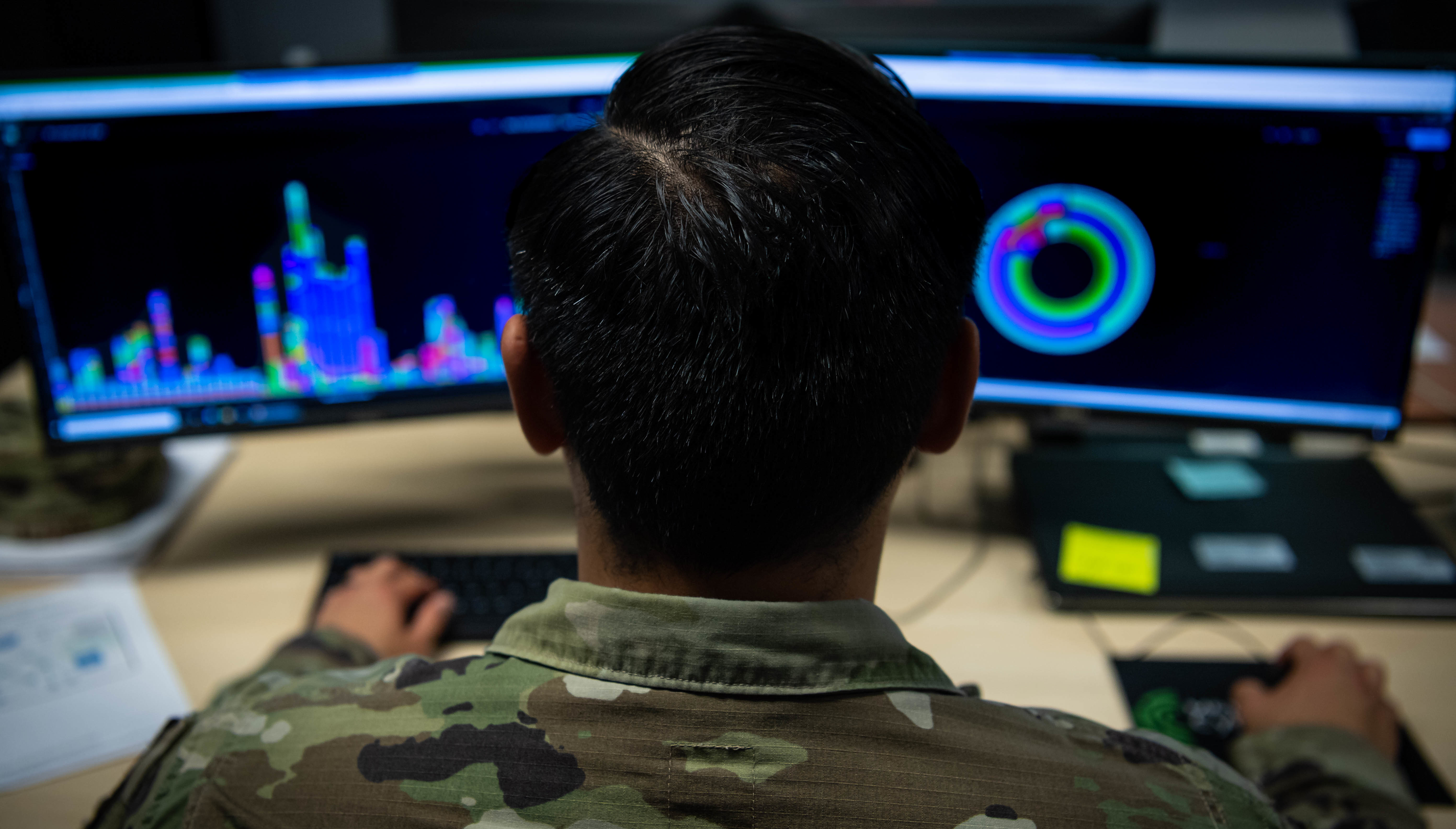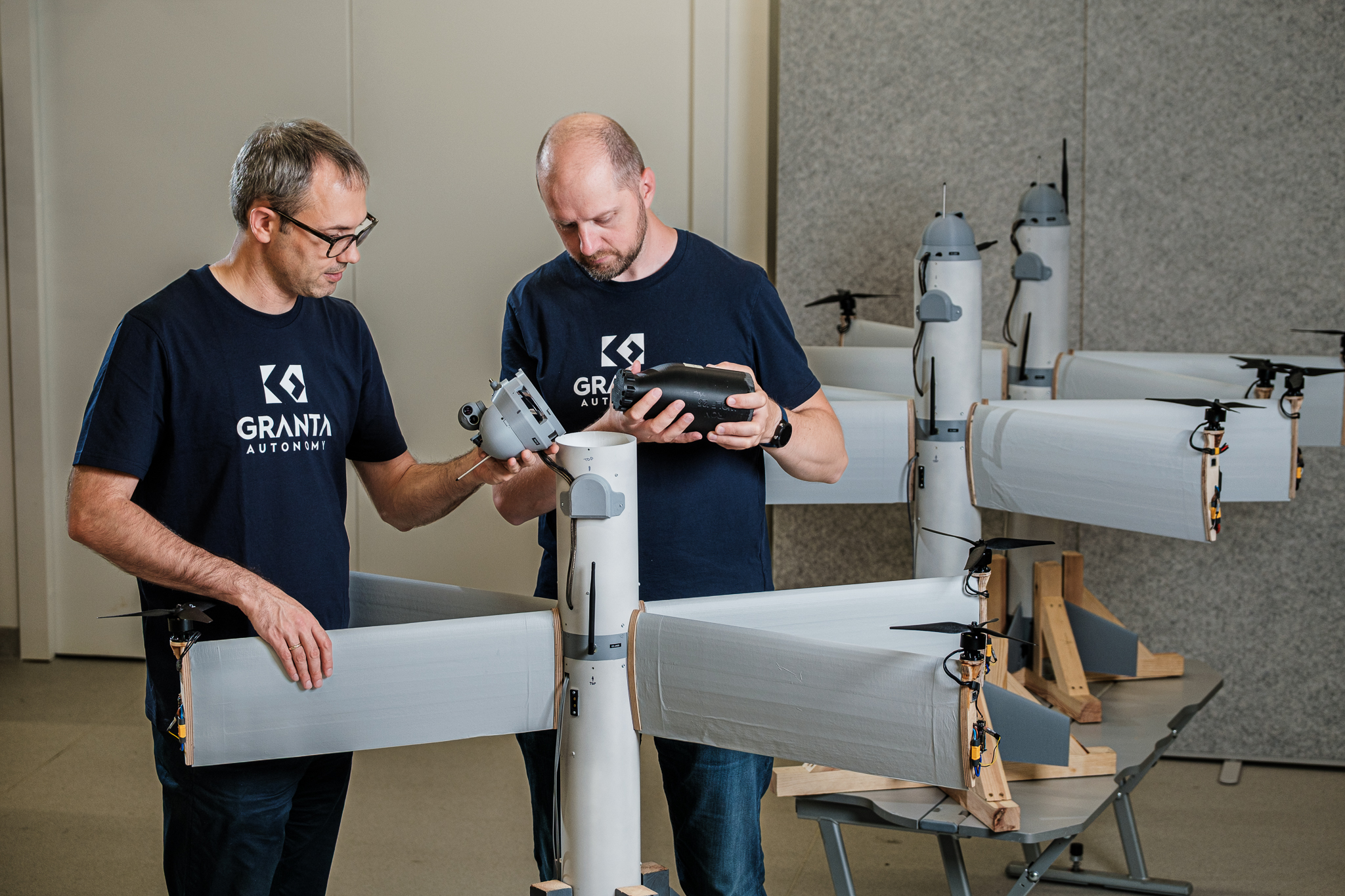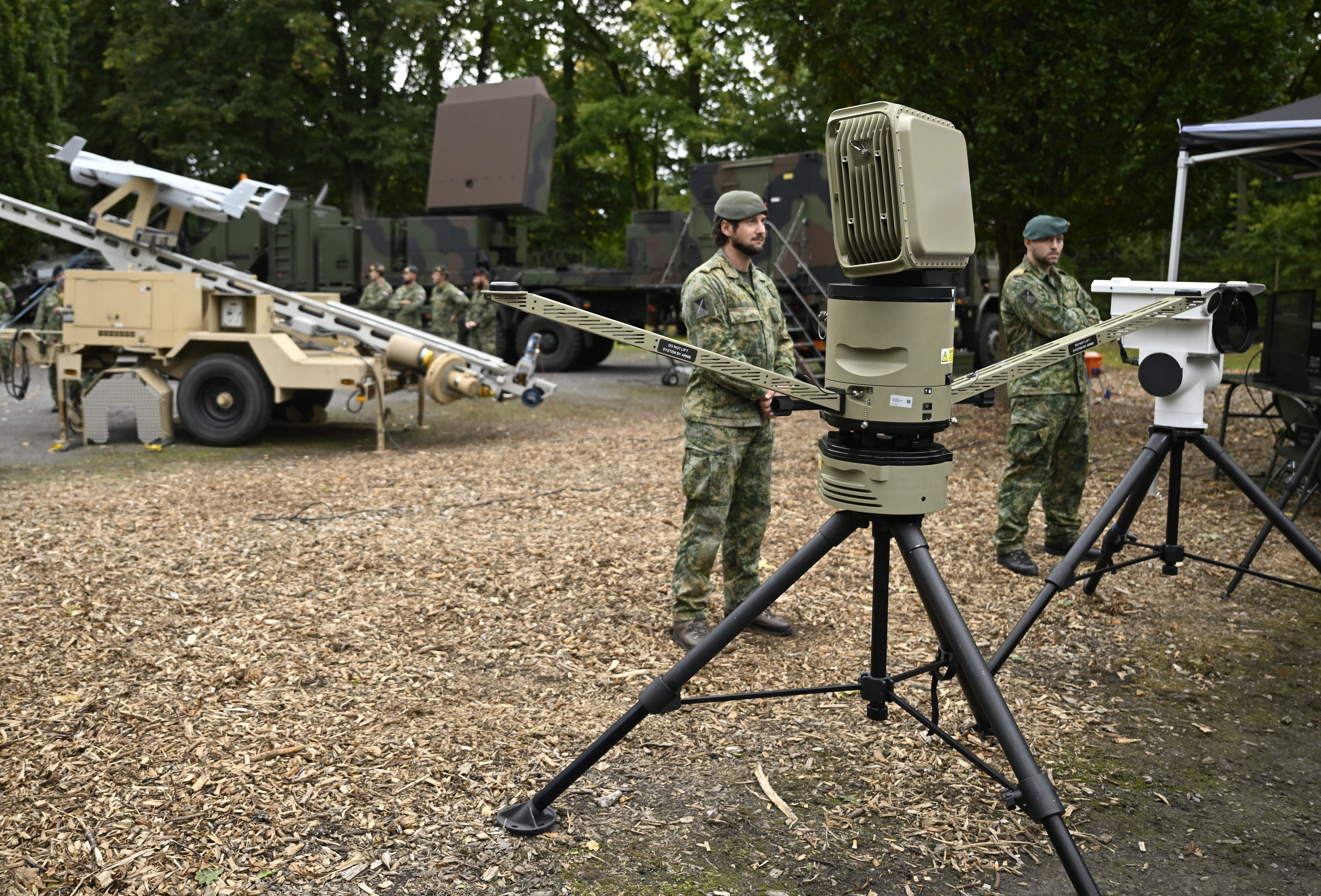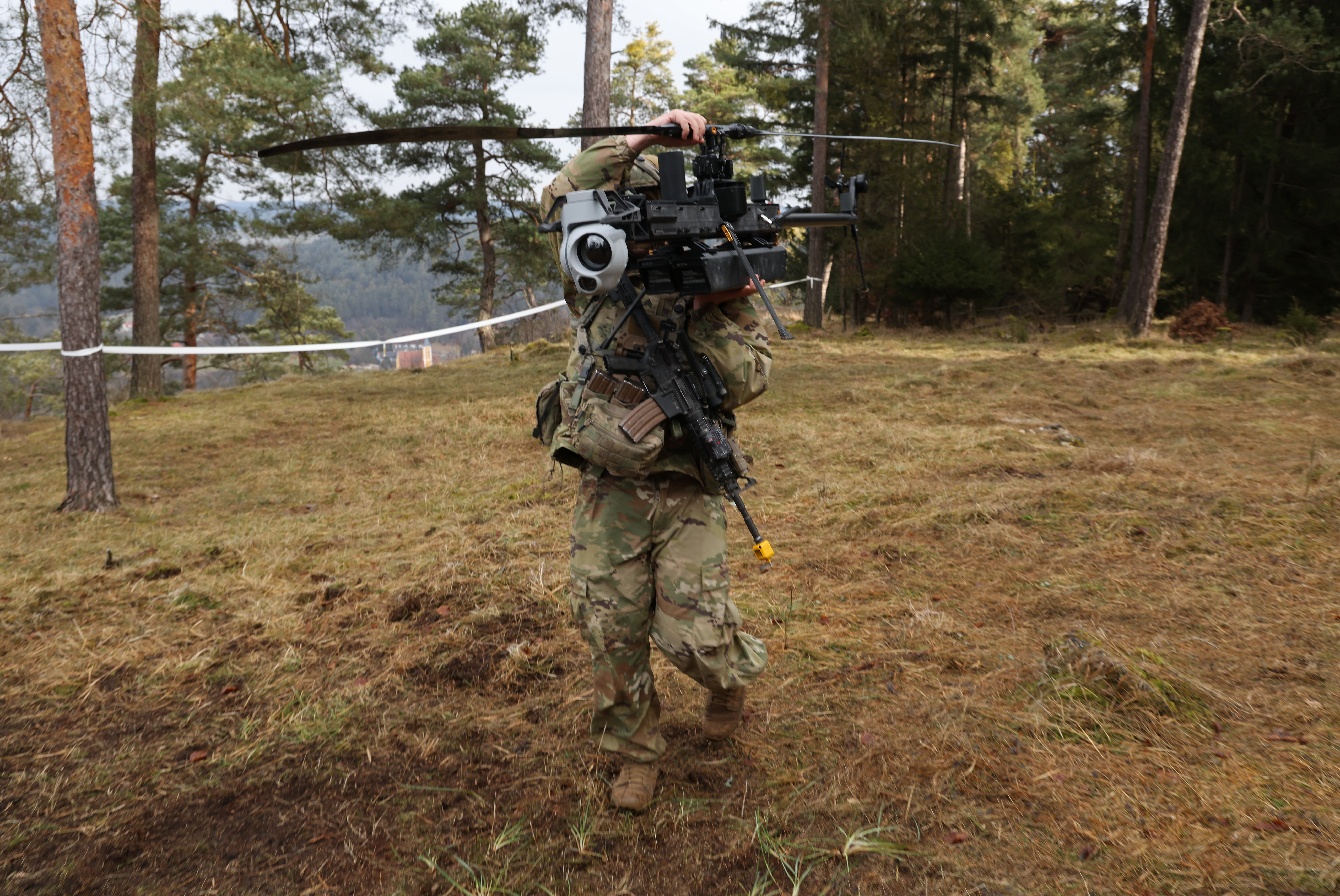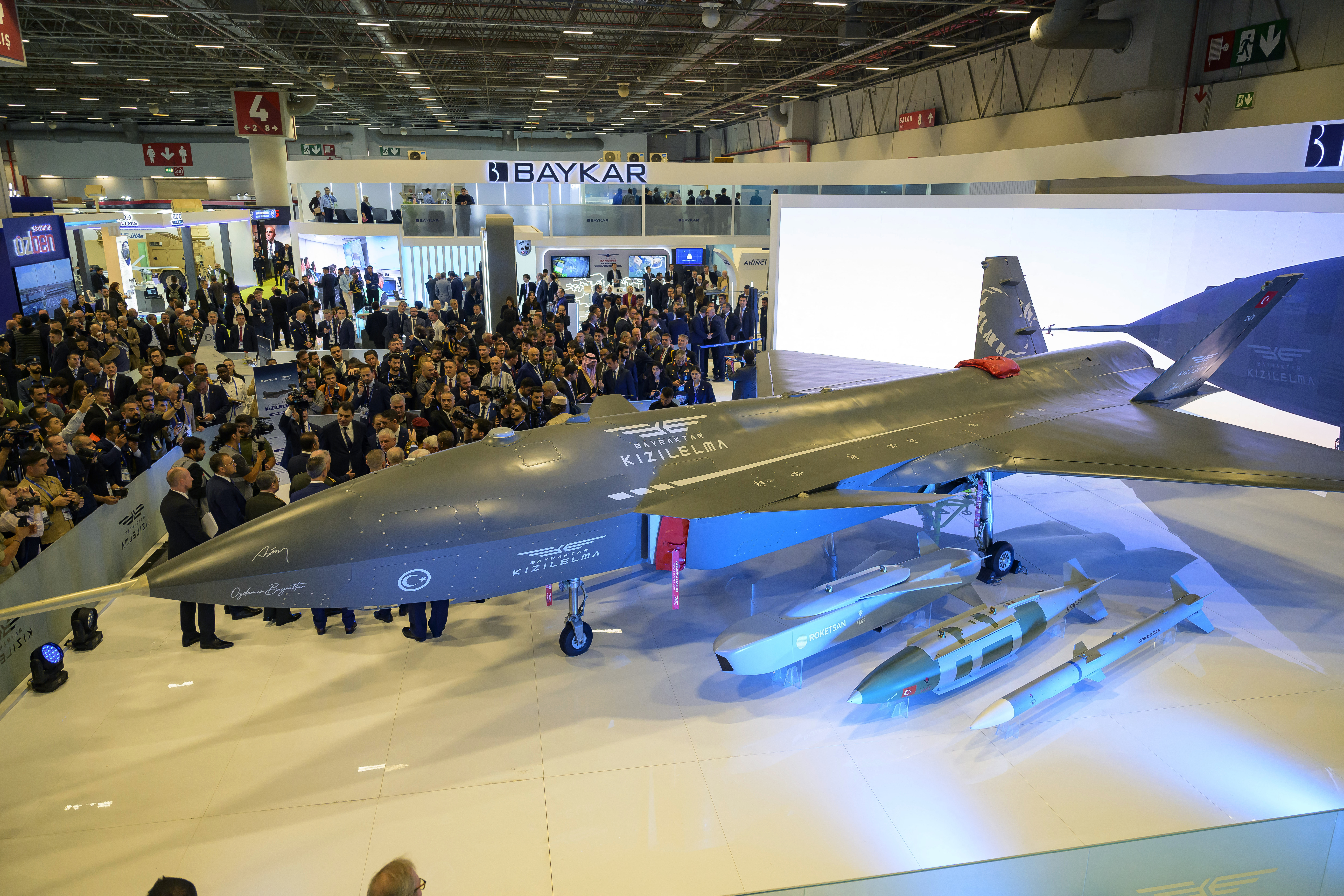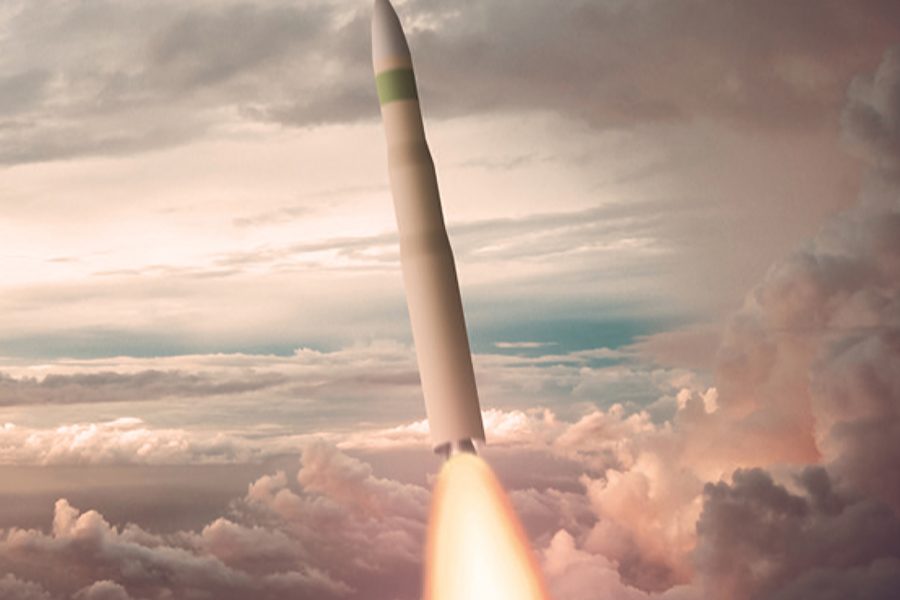
Even as the Air Force and Northrop Grumman work on restructuring the Sentinel intercontinental ballistic missile program, the contractor continues to knock down risk and developmental milestones on the project, company CEO Kathy Warden said this week.
Northrop and the Air Force are still working on an “execution framework” for Sentinel, Warden acknowledged during an earnings call Oct. 21. “In the meantime, we are working on executing the program.”
“We had announced in this last quarter that we completed the full scale qualification test of the stage two solid rocket motor that’s part of the missile,” she continued. “We also just … announced that we completed the critical design review for the Sentinel Launch Support System, and that paves the way for all of our system build tasks and qualifications that underpin the Sentinel program.”
All in all, Warden projected confidence that Northrop is “really encouraged with how things are progressing.”
The Sentinel program has been in need of positive momentum since the Pentagon announced in January 2024 that cost and schedule overruns triggered what is known as a Nunn-McCurdy breach. That in turn compelled a high-level Pentagon review and re-certification that the program is still needed, but the Air Force has since been restructuring it after the review concluded an 81 percent increase in cost estimates. Service officials have also said they anticipate a minimum of a two-year delay in the project.
The bulk of the overage is in the massive civil engineering aspect of the program, which was originally intended to refurbish the hundreds of missile silos and launch capsules now supporting the Minuteman III. But the Air Force recently decided the existing 50-year-old Minuteman physical launch infrastructure is too decrepit to be re-used and now expects to build most or all of it new for Sentinel. The project also requires a huge overhaul of the nuclear command, control, and communications infrastructure. The Air Force is developing new costs for the program.
The Air Force requested $3.7 billion for Sentinel in its fiscal 2026 budget, but Congress added $2.5 billion in the reconciliation bill earlier this year for “risk reduction activities.” These include $500 million for Minuteman III upgrades, as a hedge against further Sentinel delays, and $100 million for capability improvements to the Minuteman’s re-entry vehicles.
The Government Accountability Office recently urged the Air Force to develop a plan for how it will keep the ground-based strategic deterrent viable in case of significant delays in the deployment of the Sentinel.
Warden said that not all of the money in the reconciliation bill will go to Northrop, Sentinel subcontractors, or even Minuteman extension projects.
Government contributions “well beyond the Air Force” need to be funded, she said, “in terms of support from the Army Corps of Engineers, for example, and other government entities. And so they likely would need portions of that funding to support their work scope on the program. But we do expect the industry team also to support them in executing those funds that have been provided in reconciliation.”
The Air Force has said in recent months that the missile portion of the Sentinel project is largely on time. But because of the interconnectedness of the new missile with new launch facilities, the Air Force has declined to forecast a date when the missile will fly for the first time. The Government Accountability Office recently predicted that first flight will not happen before 2028.
Air Force officials say they are looking at what it would cost to extend the Minuteman’s service life yet again, to as late as 2050.
Service officials have said, too, that the health of the nuclear deterrent is an urgent concern because the Strategic Arms Limitation Treaty II with Russia expires in February, and Russia has only indicated it might be willing to extend it for a year. If the treaty is allowed to expire, both the U.S. and Russia are free to deploy as many nuclear launch vehicles and warheads as they wish. The U.S. has sought a new deal that would include China—which is rapidly increasing the capabilities of all legs of its nuclear triad—but Chinese leaders have shown no interest in participating.
The post Northrop Checks Off Sentinel Milestones While Still Working on Program Restructure appeared first on Air & Space Forces Magazine.

Nuclear, Kathy Warden, Northrop Grumman, nuclear modernization, Sentinel ICBM
Air & Space Forces Magazine
[crypto-donation-box type=”tabular” show-coin=”all”]

